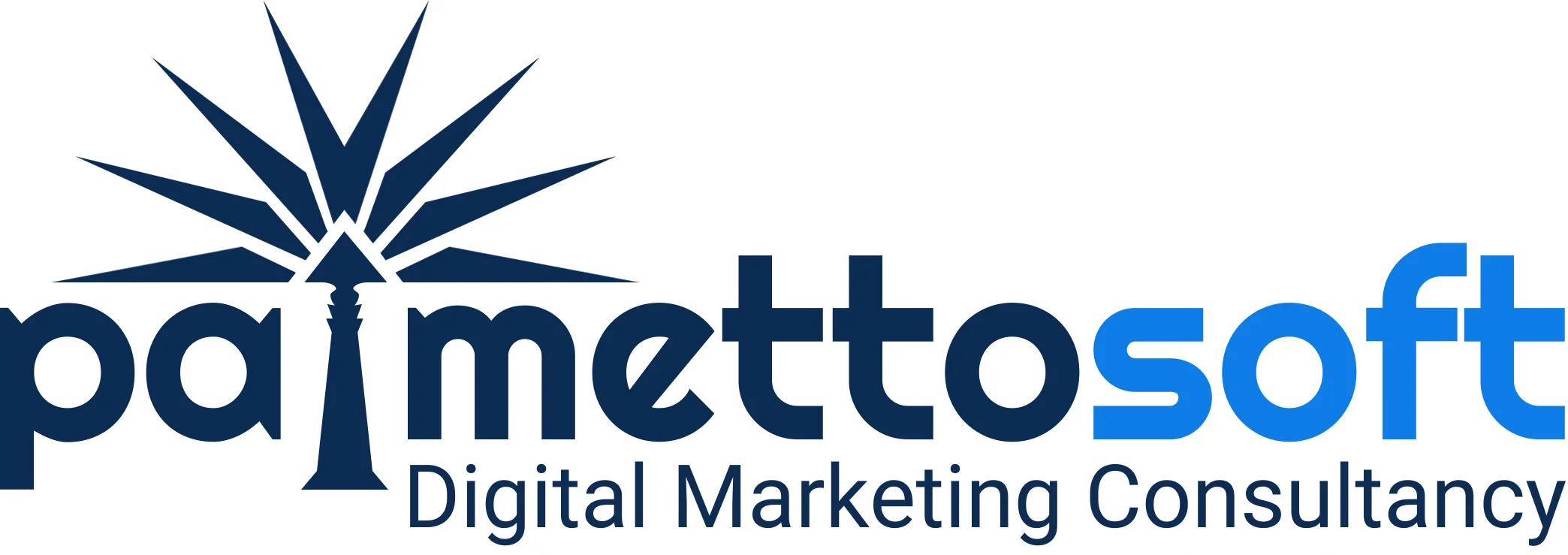As of 2016, reports have shown that Google handles 2 trillion searches every year. Every second, 2.3 million searches are keyed in to Google and 1.17 billion unique searchers use the website every month.
These staggering numbers drive marketers and business owners to leverage Google in expanding their business. Years ago, some attempted to trick Google into putting their websites on the first results page by stuffing their content with keywords and redirecting unknowing visitors to their website. This shady tactic doesn’t sit well with the search engine authority, and since then, websites that resort to this trick are being flagged.
Listen now: Play in new window | Download (Duration: 4:30 — 4.12MB)
If you want to tip the scales in your favor, you must invest in your content. This may sound like elementary advice but it isn’t as simple as it sounds. After all, experts have warned time and time again that your content must be drafted for people and not search engines.
Luckily, there is a fine line that you can tread to balance writing for people in a way that will make search engines, particularly Google, favor you. Here’s how to make your content Google-friendly:
Tip #1:Choose Clear, Descriptive Titles
Suppose a user goes online and types “baby shower gifts.”The first results to come up will have these three words in the title, in the meta description, and even in the name of the website or domain itself.
If you are writing about a certain topic or writing for a certain audience, do just that. Do not cloak your content with ambiguous words, misleading titles, and blabbering columns. Give as much information as you can but keep it short and straightforward.
Tip #2:Utilize Google Sitemaps
Google may not fully disclose its algorithm, but it generously offers tools that are beneficial to experts and novices alike. One of these tools is Google Sitemaps. You can craft your own sitemap and have it submitted to Google Webmaster Central.
This will allow the search engine to uncover web pages on your site and index them. This practice will have Google bots crawling to a variety of your web pages instead of focusing on just one.
Tip #3:Use Simple, Informative URLs
This practice is beneficial to both search engines and users alike. Between the following examples, one quick glance will tell you which URL is preferable:
- domainname.com/items__?d=0000baftt.html
- domainname.com/babyshowerproducts
The first example shows the domain name plus a bunch of indecipherable characters. The second one makes sense and is therefore easier to remember.
Tip #4:Do Not Ignore Mobile Adaptability
In the USA alone, mobile searches amount to 18.7 million every month. This means that owners who have not yet made the effort to ensure their sites are mobile-friendly are losing millions of chances to expand their brand reach.
Whether you opt for a separate mobile version of your website or assume a design that seamlessly fits into different screens, make sure that your website caters to mobile searches.
Tip #5:Never Resort to Black Hat SEO Tricks
Black hat SEO, underground search engine optimization – this practice has been called by many names but the simplest, most common term for it is cheating. Aside from stuffing keywords and buying visitors, these tricks also include link exchange or purchase for the purpose of increasing a website’s PageRank.
If you have consulted marketers who advised you to use any of these methods, it’s best to avoid working with them. Google reserves penalties for websites that attempt to cheat their way to the top of the search results.
Starting an online business is never easy, especially if you have to contend with websites with more funds and experience to back them up. You can hire a content writer to take care of your blogs or a website developer to make sure your site runs smoothly. Whether delegating these tasks to in-house staff or a service provider, share these tips so your team knows how to make your content Google-friendly.
Author:
Catherine vanVonno, is the President and Executive Director of 20Four7VA, a global Virtual Assistant (VA) Service Provider. She holds a doctorate degree in Applied Statistics, Research Design and Program Evaluation from Virginia Polytechnic Institute and State University and has over 10 years experience in facilitating evidence-based strategic planning, product development, brand management, legislative communications, and medical policy. She is married and has four children









